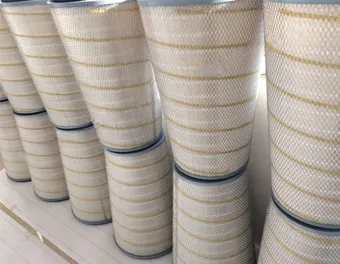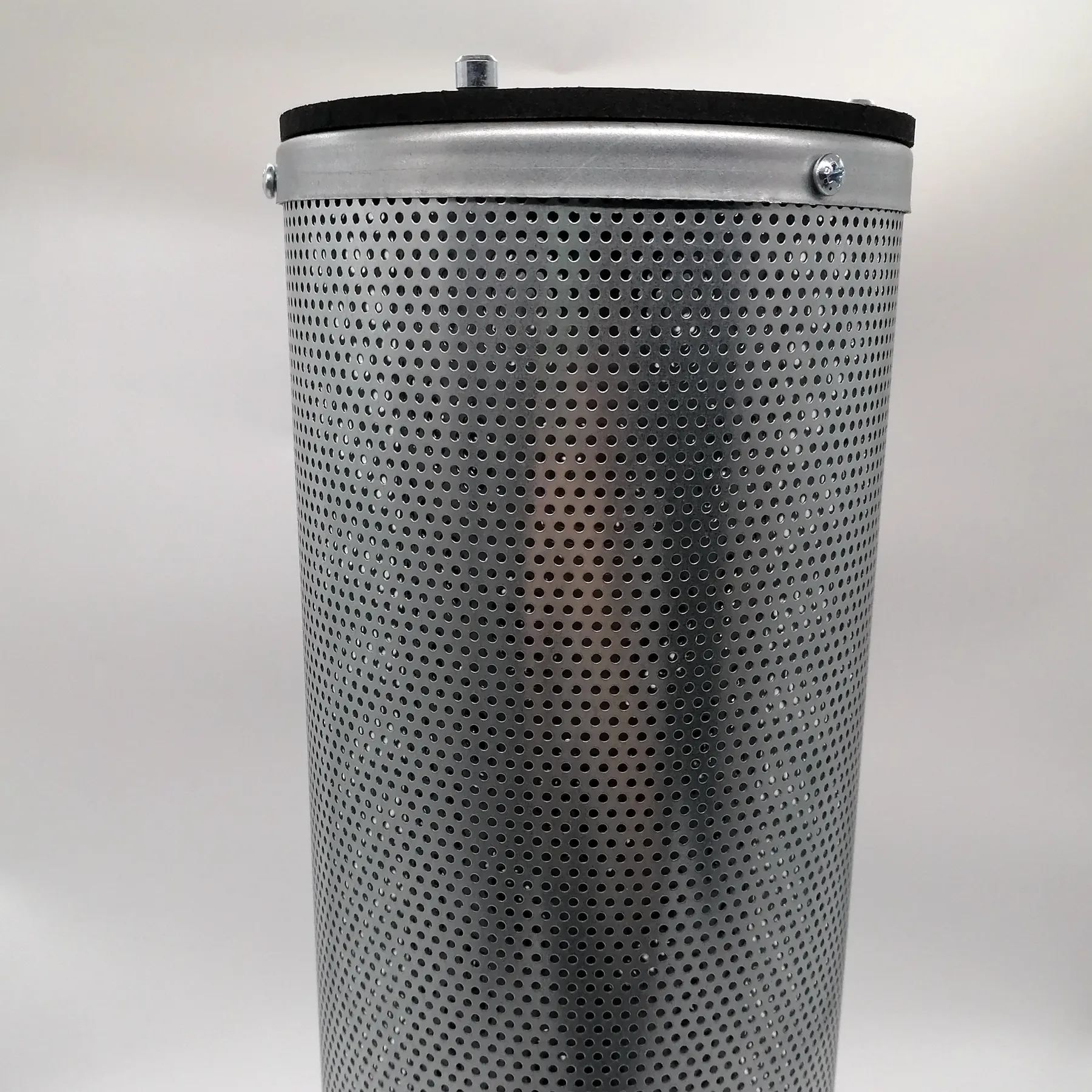 Tel:
+8618931101301
Tel:
+8618931101301
Dhj . 05, 2024 02:28 Back to list
Exploring the Benefits and Applications of Metal Filter Elements in Filtration Systems
Understanding Metal Filter Elements Key Attributes and Applications
In various industries, effective filtration is crucial for maintaining operational efficiency and product integrity. One prominent solution in this domain is the metal filter element. These components are designed to separate unwanted particles from fluids or gases, ensuring a clean and safe output.
What Are Metal Filter Elements?
Metal filter elements are specialized components made from durable materials such as stainless steel, aluminum, or other alloys. These filters often feature a mesh structure or a sintered metal design that allows for high flow rates while capturing particulates of varying sizes. Their construction helps them withstand extreme temperatures and pressures, making them ideal for rigorous industrial applications.
Key Characteristics
1. Durability and Longevity One of the foremost advantages of metal filter elements is their exceptional durability. Unlike traditional filters made from paper or fabric, metal filters can endure harsh conditions. They are less prone to tearing or degradation over time, resulting in a longer lifespan and reduced replacement costs.
2. High Temperature Resistance Metal filters excel in high-temperature environments where polymer or paper filters would fail. They can operate effectively at temperatures well above 500°F (260°C), making them suitable for applications in industries such as aerospace, automotive, and energy production.
3. Chemical Compatibility These filters are resistant to a wide range of chemicals, allowing them to be used in diverse environments without the risk of corrosion or chemical reaction. This chemical resilience makes them ideal for industries that handle aggressive fluids or gases.
4. Reusability and Cleanability Metal filter elements can often be cleaned and reused, unlike disposable filters. Techniques such as backwashing, ultrasonic cleaning, or mechanical brushing can restore their effectiveness after extended use, contributing to sustainability and cost efficiency.
metal filter element

5. Customizability Manufacturers can create metal filter elements tailored to specific applications, including variations in pore size, dimensions, and materials. This versatility allows for optimized filtration solutions that meet precise requirements.
Applications of Metal Filter Elements
1. Oil and Gas Industry In the oil and gas sector, metal filters are essential for removing contaminants from crude oil and natural gas. Their ability to withstand high pressures and temperatures, coupled with their chemical resistance, makes them indispensable for ensuring the integrity of downstream processes.
2. Automotive and Aerospace Metal filters are utilized in various automotive applications, including fuel and oil filtration systems. In aerospace, they play a critical role in hydraulic systems, ensuring that contaminants do not affect the performance and safety of aircraft.
3. Food and Beverage Production The food industry also benefits from metal filter elements. They are used in processes such as brewing, where maintaining the purity of the product is paramount. Metal filters help meet stringent hygiene standards, enhancing both safety and quality in food production.
4. Pharmaceutical Manufacturing In pharmaceutical applications, the integrity of products is non-negotiable. Metal filter elements help remove particulates from drug formulations, ensuring safety and efficacy.
5. Water Treatment Metal filters are increasingly used in water treatment systems to remove sediment and other contaminants, providing clean water for various uses, including industrial processes and drinking.
Conclusion
In conclusion, metal filter elements are vital components across multiple industries, offering durability, efficiency, and adaptability. Their ability to withstand harsh conditions while providing effective filtration makes them a preferred choice in critical applications. As technology advances, the role of metal filter elements is expected to grow, driving innovations in filtration solutions and contributing to enhanced operational efficiency across sectors.
-
The truth about washable filters: Does repeated use really not affect efficiency?NewsJun.25,2025
-
Effect of humidity on the performance of activated carbon filter elementsNewsJun.24,2025
-
Material selection considerations for dust removal filter elements under high temperature conditionsNewsJun.23,2025
-
Cold knowledge of air filters: Why are some designed to be pleated?NewsJun.16,2025
-
Factory direct supply! High-precision air filter element wholesale and customizationNewsJun.12,2025
-
A complete analysis of the practical value of activated carbon filtersNewsJun.10,2025

 Email:
Email:





